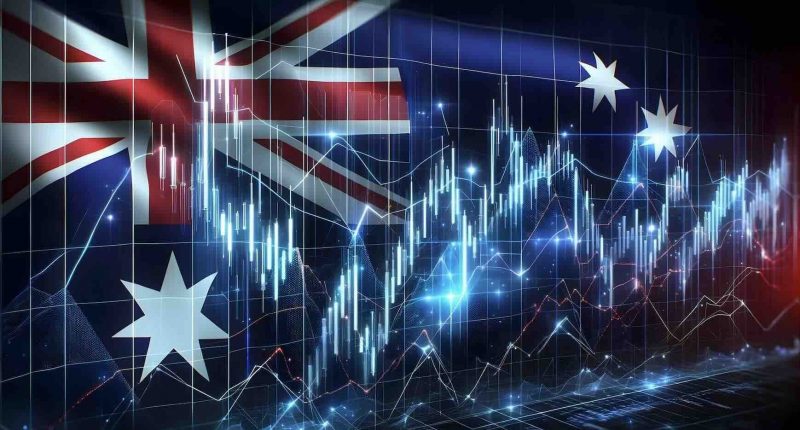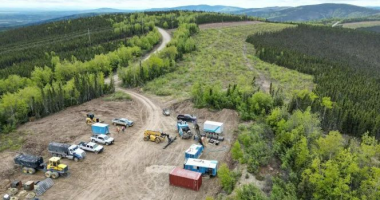Australia’s CPI inflation indicator increased in April by 3.6% on a YoY basis, causing an instant sell off on the ASX200.
The indicator came in hotter than forecasts predicting a +3.4% jump. Core CPI, excluding volatile items (mainly food and fuel) stayed steady at 4.1%.
The data was released at 11.30am AEST and by 12.05pm AEST the index had fallen by -1.03%.
The AUD/USD, meanwhile, climbed to US$0.67c.
The ASX sell-off followed a delayed bullish reaction to NVIDIA earnings on the NASDAQ overnight, suggesting a window of divergence between Australian and American equity sentiment. The NASDAQ hit a fresh record high on Tuesday evening Australian time, but that hasn’t translated to a green day down under.
The CPI data on Wednesday followed retail sales data on Tuesday showing weaker than expected results at only +0.1% growth in April, fractionally weaker than an expected +0.2%, leaving the door open to a possible decline in the CPI print for May.
Sentiment on the ASX nonetheless has proven to be less robust than that evident on US markets for the last few trading sessions, going back into last week.
This begs the question: are ASX traders being overly pessimistic?
Some headlines from other mastheads on Tuesday spun a tale of woe with regards to Australia’s slower-than-expected retail growth data, suggesting this is why the ASX200 ended in the red on Tuesday. But the bourse had been tracking that way anyway, and amusingly, it was the retail staples sector that came in on top.
Only a few months ago, the market wanted retail sales growth to be low, because that implies that the RBA has less incentive to keep rates higher for longer.
Less retail sales growth means more people in the economy spending, right? That situation hasn’t changed – but the narrative around it, apparently, has. Despite the fact slower retail sales growth is ultimately a bull case for the RBA to cut rates sooner, this was apparently forgotten by some other finance news publications on Tuesday.
And if you look at the run the market had, apparently traders had forgotten, too.
Anyway. As for inflation, rental prices remain a key driver, up 7.5% for the year. Electricity prices also increased 4.2%, which would have been far higher at 13.9%, “excluding the rebates [introduced by Canberra] … in the 12 months to April 2024,” ABS head of prices stats Michelle Marquardt said.
While inflation has ticked upwards over the last two months, Marquardt described the overall inflation story as “stable.”
“Annual inflation increased to 3.6 per cent this month, up from 3.5 per cent in March. Inflation has been relatively stable over the past five months,” she observed.
The ABS also pointed out fruit and vege prices are at 13 month highs, driven by undesirable growing conditions reducing supply for staple products.









